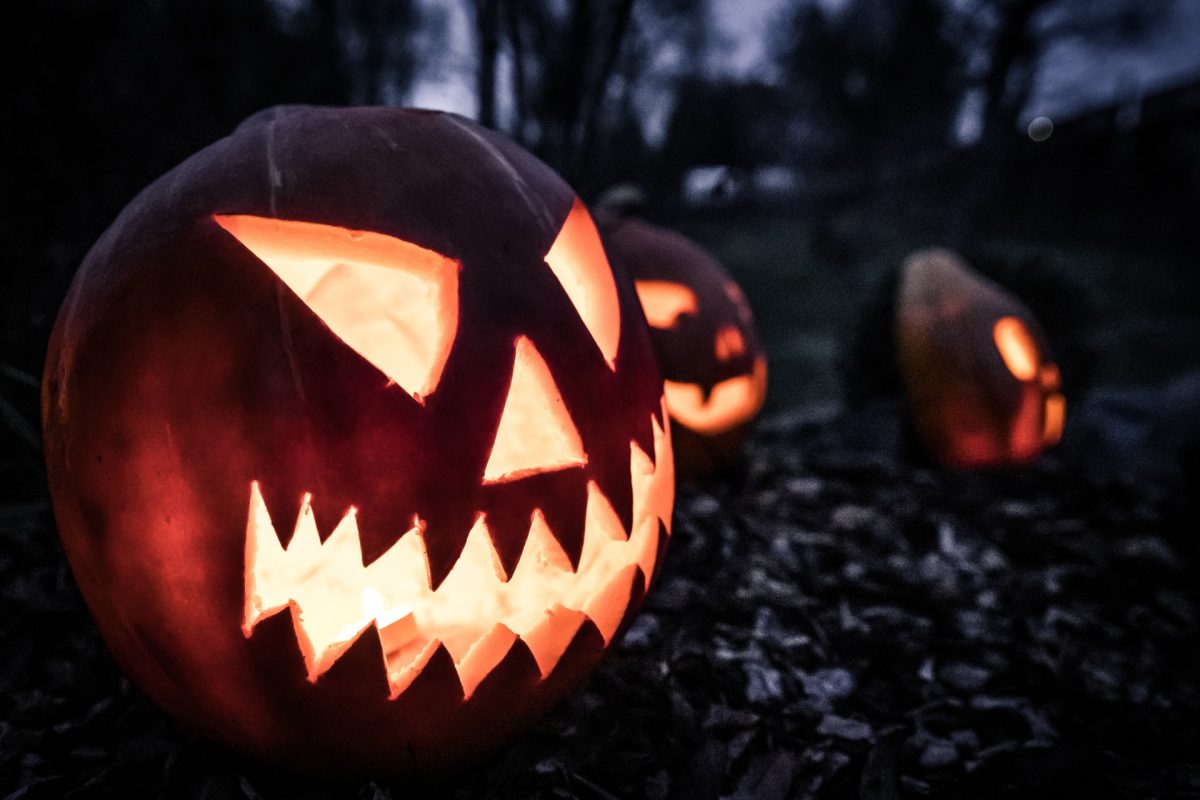Halloween: A holiday dedicated to fear. To the everlasting screams from haunted houses, to going trick-or-treating to the scariest houses on the block, to ghosts, witches, zombies, and vampires lurking in corners, it’s the scariest time of the year.
How do we always find ways to scare ourselves? First of all, what is fear anyways? Fear is a natural emotion that is triggered whenever our safety is threatened. These forms of threat can potentially be harmful in physical, psychological, emotional, authentic, or even in imaginative situations. Occurrences like these can last in short periods of time, which is distinguished as the good fear or in extended time frames, which is known as the bad fear.
The feeling of being scared is a natural survival instinct ingrained in humans from birth. As fear is experienced, the amygdala (section of the brain that controls the decision-making and emotional reactions) works as a warning system that is vital for sensing close dangers and triggers “fight or flight” responses, which then leads to the amygdala releasing two stress hormones: adrenaline and cortisol. As the brain begins to panic, it starts to contaminate various functions throughout the body. As the stress within our minds rises, the heart rate increases, the pupils become dilated, and the body’s biological systems are interrupted. However, oddly enough, the effects of this safety mechanism are well desired by most enjoyers of horror movies and haunted-house jumpscares.
If fear is an emotion capable of all those side effects, what causes fear to be beneficial to a human’s daily life? One’s fears can either protect them during a frightening event or prevent them from a harmful outcome. However, fear is more than just an emotion. It is also one of the main principles that is keeping us alive.
In the midst of a scary event, our brains release a hormone called dopamine, otherwise known as the “feel good” hormone. Apart from promoting pleasure, dopamine is also the leading hormone in learning, mood, heart rate, sleep, pain processing, and other bodily functions.
Watching horror movies and entering haunted houses are always enjoyable experiences of fear, because as frightening as these events may be, people believe in a certain mindset: the horrifying experience will eventually end and will certainly not affect one’s safety. As the Cleveland clinic states, “ The bear’s not going to get us.” However, this method of comprehension still does not change the fact that in the alarming moments of feeling fear adrenaline, endorphins, and dopamine are released. One will be able to confirm their safety by obtaining euphoria. Besides the amount of stress that is packaged into the emotion of fear, people enjoy feeling these chemical rushes from those forms of threats, which is the exact reason why people find the experience of being spooked an amusing one, instead of a traumatizing one . Also, the momentary fear allows people to deeply express all of their emotions, which may not be as easy for some people during a normal state of mind. According to psychologist Dr. Childs from Cleveland Clinic, “[Fear] improves our mood. We’ve let some stress out. We’ve screamed a little. So, we feel a little bit better after we’ve been to a good, scary movie or walked through a haunted house.” Not only is stress being reduced, but one’s strength and self-esteem are rising due to the success and sense of accomplishment gained at the end of a scary experience.
Furthermore, creativity and plausibility are two components that are essential to include for the authenticity of a scary experience. Some common scary activities are skydiving from a plane, bungee jumping from a bridge, strapping yourself into the world’s longest and fastest zipline, going shark cage diving, and many more. Since Halloween is coming up, a couple of of terrifying activities that many enjoy during the holiday are going to a haunted house, getting lost in a haunted corn maze, taking a stroll around the graveyard, binge watching classic horror movies, and, the scariest of all, riding the Tower of Terror at Disney World.
Fear is a natural part of our emotional mindset, and while it can feel like it is the end of the world at first, content and amusement soon set in afterwards. As Halloween rolls around the corner, you’ll soon meet hairy tarantulas, wide-eyed clowns, rolling Frankensteins, and more. But as terrifying as being spooked may be, just remind yourself that fear is a reason why you’re still alive.














































































































































